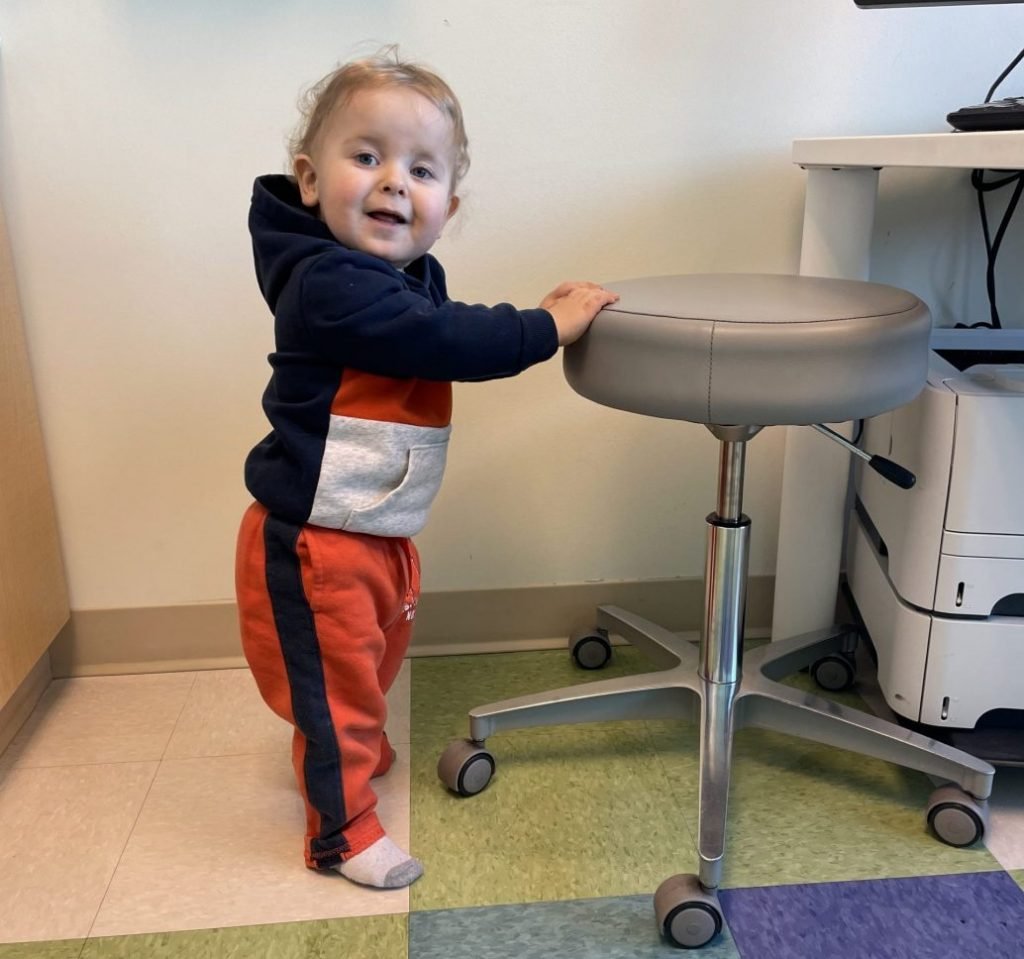#TubieTalk: Sibling Inclusion
Sentido Health is back with our second edition of #TubieTalk! This month we are aiming to focus on the roles and inclusion of siblings within the tube feeding community. Siblings of those with complex medical needs can sometimes feel left out due to the parents' needed attention on the child with health concerns. Most siblings want to help and be involved in caring for their brother and/or sister; however, it can still be difficult and involve sacrifices for the siblings.
We reached out to our tubie friends and families, asking for any stories and/or advice around this topic; we are beyond excited to share their first-hand knowledge. Thank you to everyone who responded with their sibling inclusion tips, heartfelt stories, words of encouragement, and precious pictures.
We hope that sharing these responses will help unite tubie families and create advocacy for inclusion and support of siblings in the world of tube feeding. If you want to be a part of #TubieTalk click HERE. You will get the chance to share your stories, give your advice, and learn from others in similar situations.
Before we get to these stories, Sentido would first like to share some of our advice that we have learned over the years of caring for families with complex needs.
TUBIE SIBLING ADVICE FROM SENTIDO
Family Time
Make family activities a regular thing. Quality time is important when it comes to making everyone in the family feel included. Plan special weekly dinners, trips to the park, or movie nights with the entire family. This will help create a bond not only between you and your children, but also help them become closer as siblings.
Open Communication
Ask about and listen to how they are feeling. Communicating is key when it comes to navigating tube feeding with siblings. Be respondent if your Tubies siblings have any questions, comments, or concerns about the tube feeding process. This will make them feel more confident in themselves and they will become more willing and open to helping.
One-on-one Time
One on one time with sibling can help them feel loved and valued. Even if it is a trip to an ice cream shop, getting individualized attention will help them feel valued.
Involve Siblings in the Care
Giving them simple medical tasks can help them feel included. They may not be a Tubie themselves, but they are capable of learning tips and techniques to help their Tubie sibling when they are in need.
Sibling Support Groups
Having a community and creating united relationships with other siblings of Tubies will help build advocacy and support.
TUBIE SIBLING ADVICE FROM FAMILIES
Advice From The Owens
“Use your older kids to help suction or do some care, if they want. Encourage them to get a closer look of the tubes. They can be really scary but can also be really fascinating.”
Advice From The Franks
“I love the idea of creating a tubie doll for younger children. It allows them to play freely with the tubie and all its “attachments” for a better and more relaxed comprehension of what brother or sister are going through.”
Advice From The Wards
Having a feeding tube comes with lots of medical supplies and equipment, and can be overwhelming- even to siblings! Scarlett got a feeding tube when she was just three months old. Her big brothers were just 6 and 4 and along the way we have found special ways to make it less scary and ways to get them involved in helping with it! One of their favorites are tubie tattoos- they wear them so they can be just like their sissy. We also used coloring books and tubie books to teach them about feeding tubes. They even make tubie bears and baby dolls that they can “practice” on! We also involve them in helping with Scarletts feeding tube. They like to “push” her flushes and we all clap! We try our best to make it a positive experience and reiterate that a feeding tube is not scary, it’s helping her thrive!
Advice From The Hildebrandts
My 3 year old loves to push the syringes of water to flush. It teaches her gentleness.
My 7 year old had learned how to load a bag and prime the line so it’s ready for me to hook up! He also knows how to stop the obnoxious beeping until I can assist lol. That’s an exceptional help!
TUBIE SIBLING STORIES
Tripp & Hayley
“Hayley was 2 when Tripp came home from the hospital with his G-tube, so the feedings and therapy have been a part of his (and her) life as long as she can remember! She is a wonderful Tubie big sis, because she's very encouraging of him and loves to play teacher. She's always been interested in helping me feed him (by helping push the bigger syringe) or push the pump buttons (when he was younger)! She also loves to feed him now that he's eating solids & food playing together is part of their daily routine. Tripp is motivated by watching Hayley & when I watch them learning together, I can tell they were picked to be siblings. It's a beautiful friendship to watch grow!”
The Barrows Family
“We have tubie dolls for Bert’s older sisters and they love feeding their babies. Our middle daughter has taken it upon herself to learn how to start, pause, and stop Bert’s pump and will let me know if she hears beeping before I do. Talking to the girls about what we’re doing with Bert’s feedings and stoma care has made it a very normal thing for them and something they feel comfortable to talk about with their peers, and to offer help with his care.”
JOIN #TUBIETALK
We hope you enjoyed this edition of #TubieTalk. Hearing stories and words of advice from other Tubie families helps spread kindness, creates community, and builds advocacy. If you are a part of the tubie world and find these heartfelt stories and words of encouragement useful, please feel free to leave your own tube feeding advice HEREto support others around you! You can also request future topics that you can learn from as well.
If you are new to tube feeding, be sure to check out our first edition of #TubieTalk – Tube Feeding Advice from Moms. This past blog discusses tubie advice, tips, and words of encouragement for new tube feeding families.






